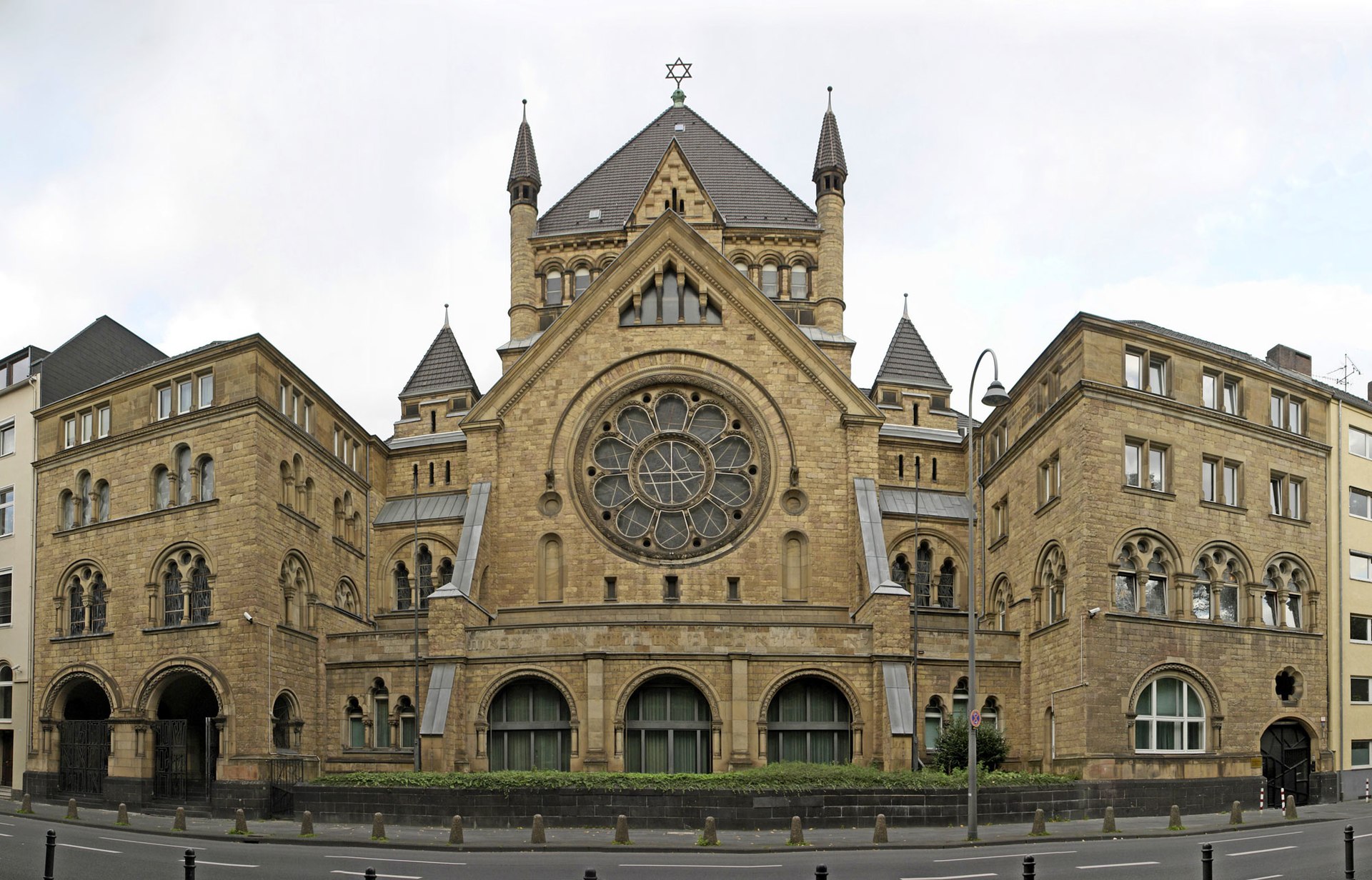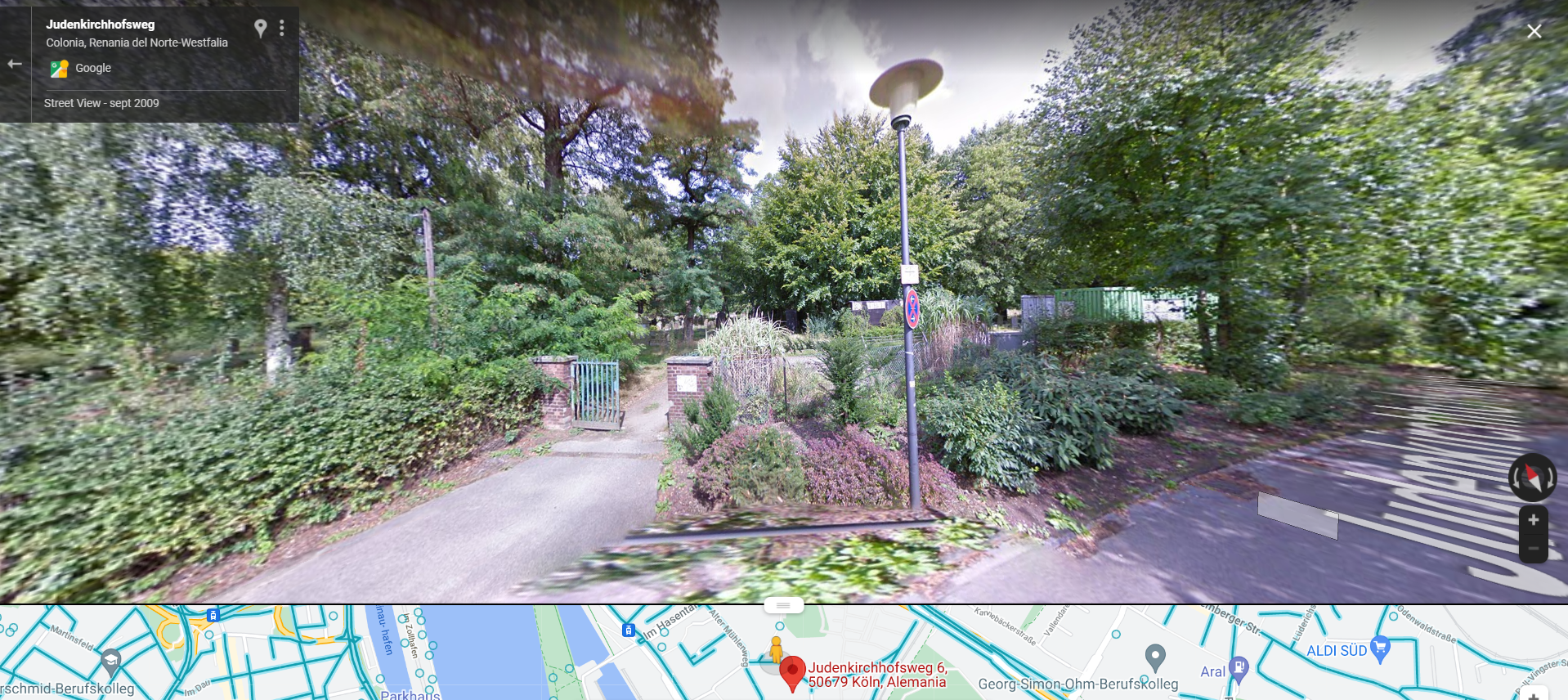Shabbat Shuvah… and Yom Kippur, are almost here!
And today, we will listen to a performance of Kol Nidre by the artist with whom I first learnt what klezmer was: Itzhak Perlman.
 Hello, how are you? I hope well. This evening it will be the Shabbat Shuvah, the last Shabbat before Yom Kippur so I have chosen a performance of Kol Nidre. Yom Kippur will be on day 15 to 16, next week. I will be in Cologne for a trip related to music. I will attend the Migrants Music Manifesto (if you are curious, check this).
Hello, how are you? I hope well. This evening it will be the Shabbat Shuvah, the last Shabbat before Yom Kippur so I have chosen a performance of Kol Nidre. Yom Kippur will be on day 15 to 16, next week. I will be in Cologne for a trip related to music. I will attend the Migrants Music Manifesto (if you are curious, check this).
According to JGuideEurope, “the history of the Jews in Cologne is documented from the year 321 AD, almost as long as the history of Cologne. […] The community numbered about 19,500 people before its dispersal, murders and destruction in the 1930s by the Nazis before and during World War II. The community has re-established itself and now numbers about 4,500 members. Because of its historical continuity, today’s Jewish synagogue calls itself the “oldest Jewish congregation north of the Alps”.” I hope I will have the chance to visit it during my stay in the city.

? There is a Jewish cemetery in Cologne. This is a picture from Google Maps Street View:

? Do you like Music Before Shabbat?
Then, please, spread the word.
AND BEFORE…
Today, two pieces for the price of one.
A few days ago, Daniel Rosenberg sent me this piece done by the band he produces, Yiddish Glory, that is also suitable for Yom Kippur. According to Daniel, this is “a rather unusual Jewish high holiday song that was released on Six Degrees Records : “Yom Kippur Without Fascists.” The lyrics fantasize about the death of Hitler on Yom Kippur – where Hitler becomes the kapparot, a sacrificial chicken – in this song about vengeance, not atonement – a fascinating time capsule from 76 years ago.
The song was written in 1945 in Almaty, Kazakhstan – part of Yiddish Glory’s project led by University of Toronto professor Anna Shternshis, resurrecting music created by Jewish refugees who were welcomed in Central Asia during World War II when most of the rest of the world closed their doors to Jews fleeing the Holocaust. “
About Yom Kippur
Yom Kippur is the holiest day in Judaism. If you are a Jew, you probably know this, so feel free to go to the next section. If you are not or you don’t know the basics about Yom Kippur, this short video in BimBam’s Youtube channel is a good start.
Yom Kippur is the day of repentance, or the other side of the coin, forgiveness. It begins when, after coming down from Mount Sinai with the Tablets of the Law, Moses finds his people worshipping the golden calf. Moses, very angry, breaks the Tablets of the Law. But the people atoned for their fault, were forgiven and Moses went back up the mountain and received another copy of the tablets. I was wondering what did the people do to atone that falt. I think it is not an easy question but basically, a real repentance is what is needed to atone even the most severe sin.
I felt this question of the atonement was really important. If you want to delve much more, this work, “The Secret of Yom Kippur’s Atonement”, by Rabbi Rafi Eis from the Midreshet Lindenbaum Faculty can be useful for you.
During Yom Kippur you don’t eat or drink, you don’t wear leather clothes, you don’t bathe, you don’t have sex…. In general, you avoid anything that gives pleasure, as a sign of this repentance. As I have said before, I am not Jewish but I do fast on occasion and it makes me feel more like I am with myself. Fasting for 26 hours, as you do on Yom Kippur, alters the energy in a way that helps you perceive some things more deeply, including your own self. On Yom Kippur there is repentance and there is forgiveness. I think also towards ourselves.
About Kol Nidre
Immediately before the sunset that begins Yom Kippur, the Kol Nidre, that means “all vows”, a text in Aramaic, is recited in the synagogue service. Its origin is rather sad: it is a formula for undoing vows of allegiance to another religion, usually Islam or Christianity, which were made forcibly under threat of death.
The complete text in the Askhenazi version is available on the website of MyJewishLearning. The Sephardic and Askhenazi versions are not the same, even in the meaning of one basic issue. According to Cantor Sheldon Merel in the work “Kol Nidre is not a prayer“:
“The text and music of the Kol Nidre differs between Ashkenazic and Sephardic (European and Spanish) traditions. The Ashkenazic and Reform Kol Nidre text asks forgiveness for broken promises between this Yom Kippur and next year. Sephardic congregations ask annulment of broken promises between last Yom Kippur and the present.”
I find this very curious. Perhaps because I am Spanish, I understand the request for the Sephardic version. The past cannot be changed. I ask forgiveness for what did wrong and I cannot change. But asking for forgiveness for your failures in the future sounds very defeatist.
In another hand, the use of the Kol Nidre as an all-powerful cleanser of promises has been controversial throughout history. If you want to learn more, this page in TheJewishEnclyclopedia is really interesting. For instance, it explains that:
“Jeroham ben Meshullam, who lived in Provence about the middle of the fourteenth century, inveighed against those fools who, trusting to the “Kol Nidre,” made vows recklessly, and he declared them incapable of giving testimony”.
About our Kol Nidre for today
The two artists we will listen to today will be back in MBS in a future and I will pay attention to them, their work and their biographies. The piece is from this album, Eternal Echoes: Songs and Dances for the Soul, released by Sony Classical in 2012..
